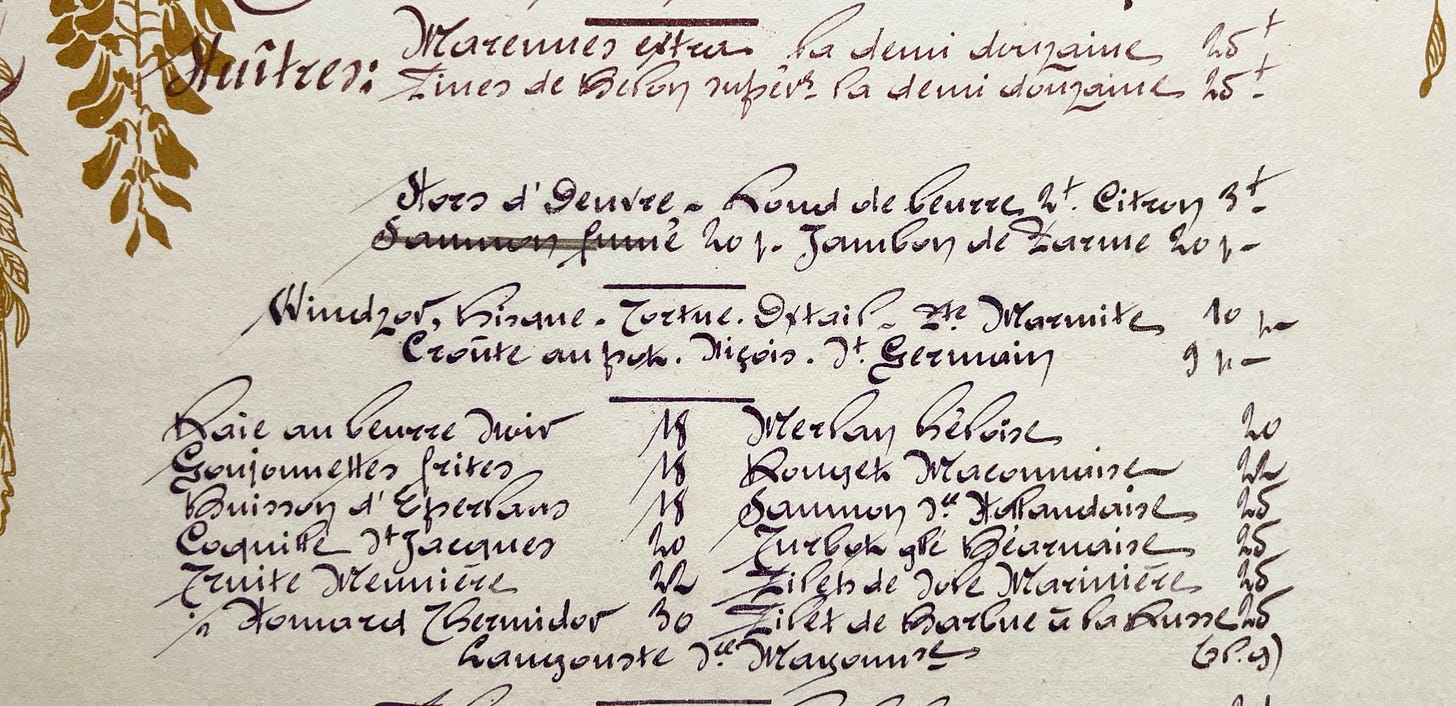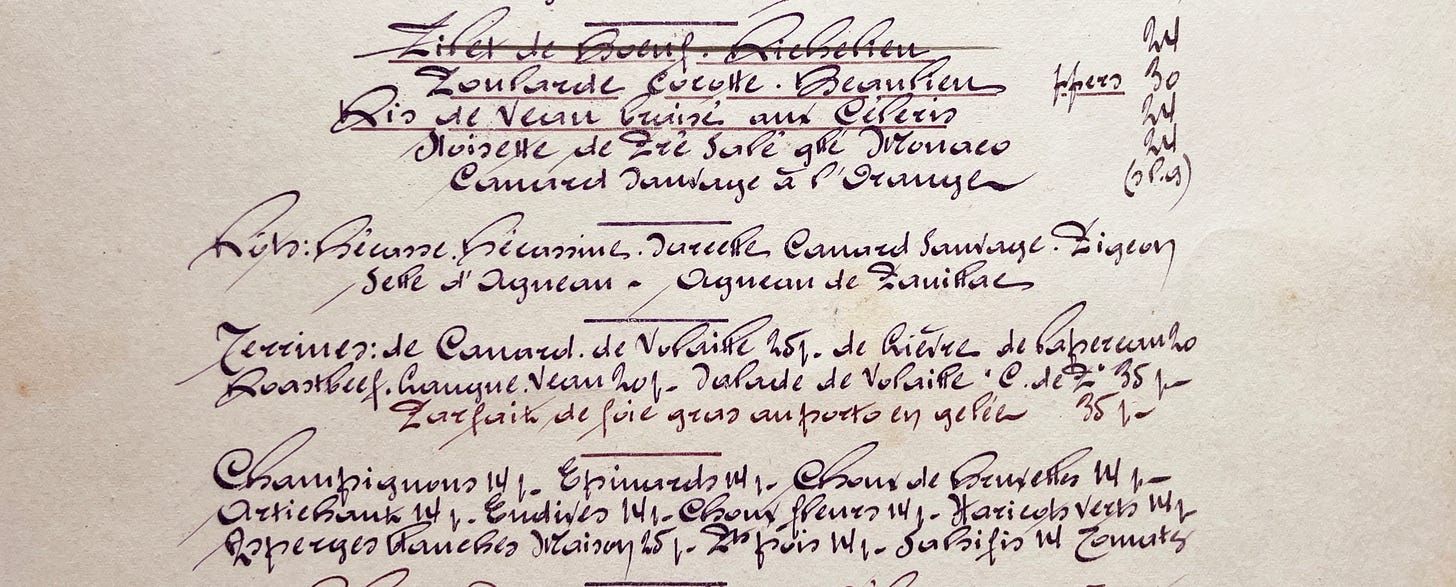Featured Antique — A Menu From Paris's Jazz Age
Ever wonder what fashionable Parisians were having for dinner in the 1920s? Help me find out.
I’m all about the story.
Among the other French food and cooking-related things I’m on the lookout for is ephemera: Paper items that were not supposed to survive much longer than their creation date. I have a growing collection of turn-of-the-century French department store catalogs, business cards and handwritten recipes and can geek out imagining what hands something may have passed through or what attic something was squirreled away in to have survived housecleanings or even a war.
Case in point: This folio-sized paper menu I found in an antique shop in Lyon, lists — in beautifully preserved deep purple ink — the options available for dinner at four different restaurants on March 19, 1929.
As I dug a little deeper into those restaurants, I discovered that they were all run by one person: Léopold Mourier, a man, who in 1890 at the age of 28, was himself considered the premier chef of Paris. Monsieur Mourier invented Lobster Thermidor and by the 1920s was Paris’s celebrity restaurateur par excellence.
I also discovered that the four restaurants listed on the menu, Café de Paris, Pré Catalan, Armenonville and Foquet’s, were wildly popular in the 1920s. Of particular note are:
Foquet’s, where some of the greatest entertainers of the age hung out to see and be seen — luminaries like Josephine Baker, Charlie Chaplin, Maurice Chevalier, Marlene Dietrich and Edith Piaf — is still in business at 99 Avenue Champs-Élysées
Pré Catalan, a Belle Époque gem located in the Bois de Boulogne, was converted by Mourier into one of the most fashionable eateries of the early 1900s — Le Pré Catalan is now a four-star Michelin restaurant
Unfortunately, the mythic Café de Paris, the jazz hot spot of it’s day, closed in 1955 and the building was demolished.
Turns out his menu is really a window into what chic Parisians were having for dinner on an early spring evening during the Jazz Age.

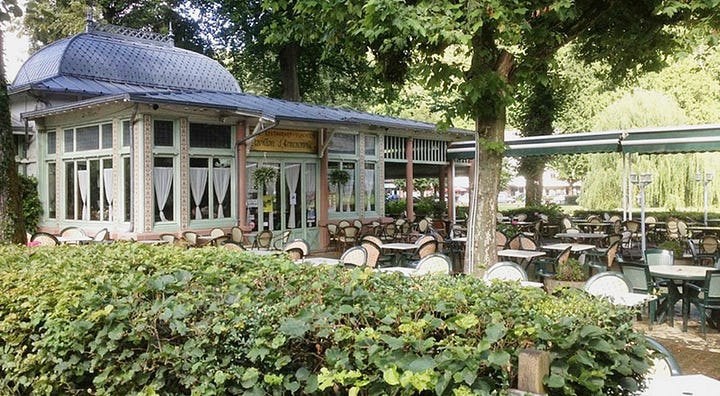
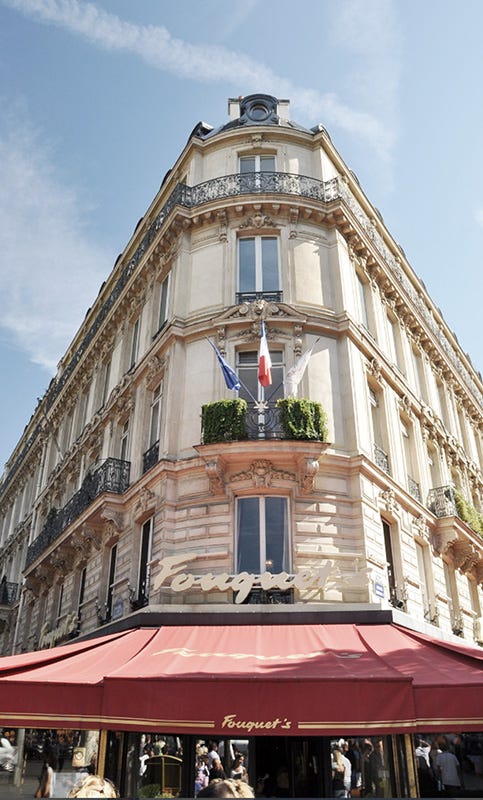
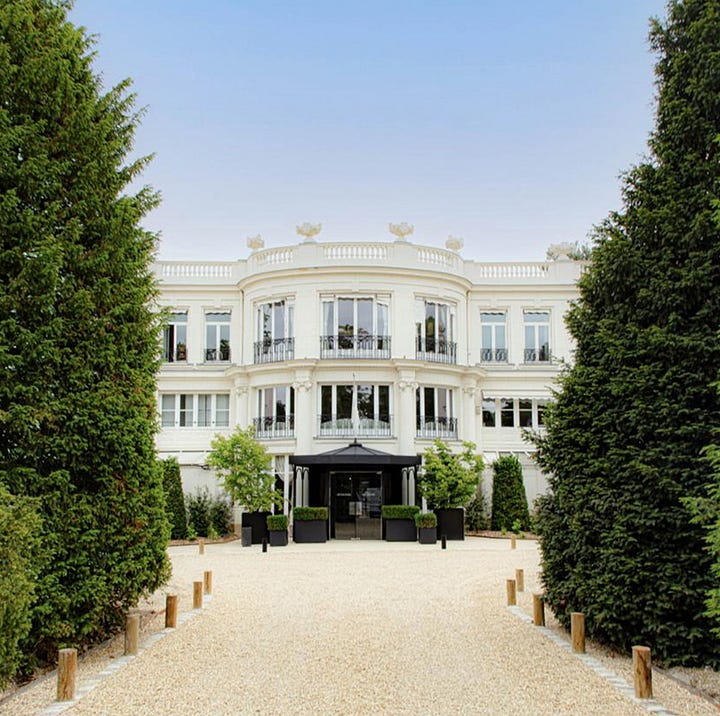
So Then, What’s for Dinner?
The gorgeous script makes deciphering everything a bit of a challenge, and there may be a number of gaps in my translation. If you can read French and want to help with some of the things I’ve missed, I encourage you to leave your comments below. I’ll update this article as I receive your ideas.
Starters and Fish Courses
An incredible offering of starters and seafood:
Mussels and Oysters start the menu off at 25 francs per “demi douzaine”.
Hors d’oeuvres include a Windsor Bisque, Tartine, Oxtail St. Marmite, Croûte of Pork, Nicoise, and a St. Germain
Buttered Skate, Smelt, Scallops, Trout or Sole Meunière, Lobster Thermidor (of course), Turbot, Salmon with Hollandaise, and Langoustines
Meats and Sides
The meat courses and sides are slightly easier to decipher:
A Filet of Beef Richelieu (sold out), Poularde Cocotte Beaulieu, Rice with Veal “Cuisse” with Celery, Noisette Sole le Monaco, Duck a l’Orange
A Wild Duck Quenelle, Saddle of Lamb, and another lamb dish
A selection of four Terrines: Duck, Volaille
Roast Beef (interestingly in English), a Camargue Veal, Chicken Roulade, Foie Gras Mousse with Port Gelée
Sides include:
Mushrooms, Spinach, Brussels Sprouts, Artichokes, Endives, Cauliflower, Haricot Verts, Asparagus, and Tomatoes
Dessert
Armenonville Ice Cream, a Pear Josette, Strawberry, Coffee, Vanilla Ice Creams, Vanilla or Chocolate Pot aux Creme, Fruit Compote, Cherries Jubilee
A glass of Whisky
Digging a Little Deeper
That’s quite an impressive offering. I’m sure like me you’re struck by how extensive the menu is. There are 13 fish dishes, 17 meat dishes, 11 sides and 11 desserts … all going on at four different restaurants, at four different locations. Consider the management of such an endeavor: Shellfish, fish, meats, terrines, en croûtes, stews and roulades all have their own unique prep. And how large must these kitchens have been to accommodate such a variety? In my copper-laden imagination I’m picturing a bustling, noisy back of the house, full of gleaming, steaming stockpots, warmed saucepans, satiny silver flatware, and stacks of beautifully white porcelain dishes.
So how much did these dishes cost in adjusted dollars? A quick Google search reveals that in 1929, one dollar equalled 25.5 francs, and that one 1929 dollar is the equivalent of $18.70 today. So those demi douzaine oysters at 25 francs cost around $19 today. The foie gras mousse, the most expensive item on the menu, would cost $25.67 in adjusted dollars.
Not terribly different than what one would expect to pay today.
Even for a city, and a time known for its exuberant expressions of la belle vie, this mid-week menu (March 19 fell on a Tuesday) is wildly adventurous ... really, a foodie’s dream! It’s understandable how Monsieur Mourier was one of Paris’s celebrity chefs in the 1920s.
But it wasn’t to last. We know from history that the United States stock market crash occurred just seven months later, and by 1931, France was deep in its own economic depression. Parisian café society wouldn’t recover to a similar level until the 1950s … well after World War II. To me, this ephemeral bit of paper is a direct view into the very heights of those wild, jazz-infused Parisian nights.
Want to help me translate the whole menu? Leave your comments and insights by clicking the button below.





